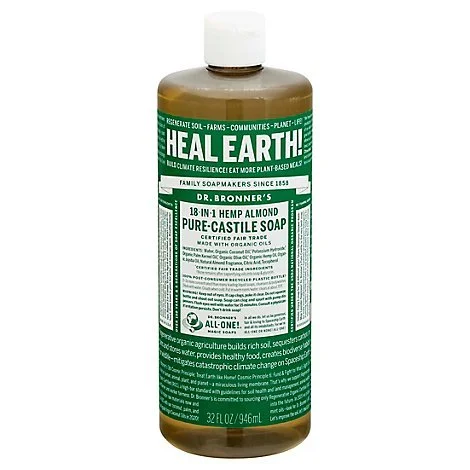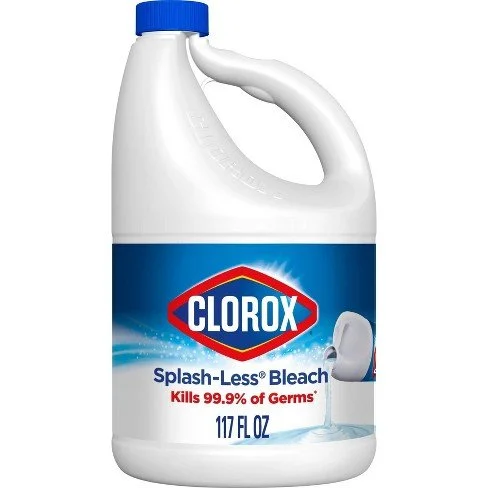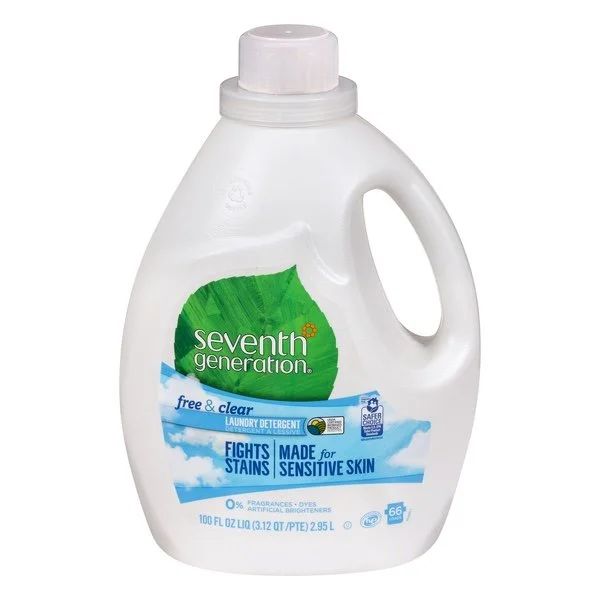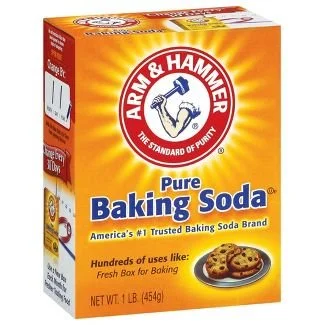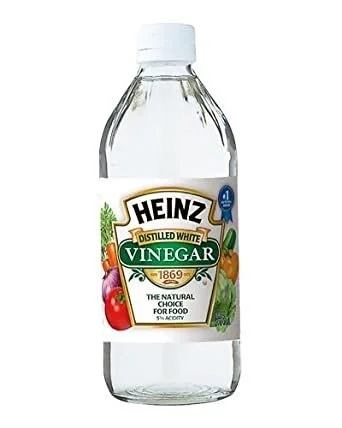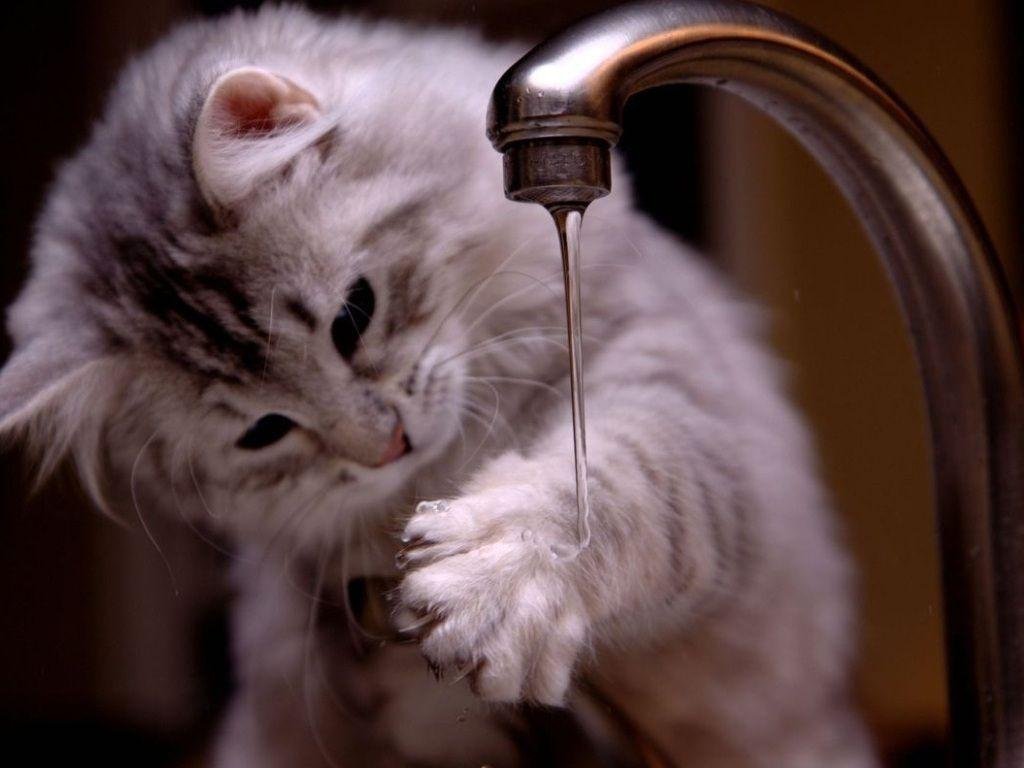SUSTAINABLE CLEANING PRODUCTS FOR TINY OFF-GRID HOUSE LIVING
Photo courtesy of Pinterest
By using environmentally safe and sustainable cleaning products for our bodies, animal companions and in our living space, along with reducing waste, we can prevent harm to the Earth. The use of sustainable cleaning products in a Tiny Off-Grid House is even more poignant since the occupants Tiny Off-Grid House lifestyle has a direct impact on the living environment they live in. The cleaning products should not cause pollution as a byproduct of the cleaning process and the cleaning products should not pollute or change the chemistry of the land, air or water.
This research discussion will not cover every available or conceivable option for environmentally safe or organic cleaning products; just the resources conveniently available and that align themselves with Tiny Off-Grid House sustainability.
According to the U.S. Environmental Protection Agency (EPA) environmental pollutants were found to be 2 to 5 times higher inside our homes than outside! The US EPA further suspects these VOC’s are allergy triggers, endocrine disruptors and carcinogens. Children and animal companions are most vulnerable to indoor environmental pollutants because most of their activities are close to the ground where dust settles. They have a tendency to explore the world with their mouths by tasting and ingesting objects orally. Also, their smaller size and immature immune system may not be robust enough to stand up to environmental pollutants.
Volatile Organic Compounds (VOC) are carbon based chemicals that form vapors from liquids or solids at room temperature. VOC’s are emitted from toxic cleaning supplies, furniture, paint, construction materials, cigarette smoke, carpets, pesticides, dyes, fragrances, adhesives, flame retardants . . .
These carcinogens, endocrine disrupting VOC’s can invade our body from absorption through our skin—our biggest organ—, eyes, nasal passages and ingestion polluting our bodies; with signs and symptoms of chemical sensitivities exhibited by skin rashes, breathing problems, burning eyes, headaches . . .
The use of natural or organic cleaning and disinfectants products along with natural air fresheners can eliminate, or reduce, chemical sensitivities and prevent harm to our living environment.
“Cleaning” products remove dirt, grime and grease from surfaces and objects. While “disinfection” products eliminate bacteria: Methicillin Resistant Staphylococcus aureus (MRSA), Escherichia coli O157:H7 (E. coli) and Staphylococcus aureus (Staph.) . . . and viruses: Influenza A (Flu virus), Hepatitis A virus, Rhinovirus Type 37 (Cold flu) . . . along with fungi: Candida albicans (Yeast infection) and Trichophyton mentagrophytes (Athlete's Foot).
Image Courtesy of Safeway
According to Dr. Bronner’s Castile Soap , their Castile (Vegetable oil, no animal fat) Soap has “18-in-1 uses” from body wash, to laundry, to shampoo, to hand soap, to pet wash, to household cleaning . . . Dr Brooner’s organic products are 100% biodegradable, Triclosan free, and use 100% post consumer recycled packaging and no animal testing. Its’ body care, home care and food does not contain synthetic chemicals, preservatives or foaming agents. Dr. Bronner’s Castile Soap is most suitable for grey water systems emptied in to french drains.
Image Courtesy of Target
Sodium Hypochlorite (Na+CL+O), aka Bleach or Clorox®*, is a disinfectant that eliminates 99% of bacteria and viruses. As effective as Clorox is, it does not contaminate sewage treatment plants or septic systems. After proper disposal or when exposed to natural sunlight it breaks down naturally back to its basic elements: Salt (Sodium Chloride Na Cl), Oxygen (O2) and Water (H2O).
Note: Clorox should never be mixed with Ammonia which can create irritable fumes; besides, Ammonia is not considered a safe organic cleaning option.
Hydrogen Peroxide (H2O2) is well known as an antiseptic medication for minor cuts and bruises in an emergency or if soap and clean water is not available and for personal hygiene. Hydrogen Peroxide is similar to Clorox since they are both oxidizers. Hydrogen Peroxide is a water molecule with an extra oxygen atom. It is a natural disinfectant and a natural bleaching agent on stains. It can be combined with other natural cleaning products such as lemon juice, vinegar or baking soda to create an effective natural cleaning solution. Or simply mixed in a 50/50 solution of Hydrogen Peroxide and water in an opaque spray bottle. When sprayed on surfaces in need of disinfection it must have sufficient contact time with the surface before wiping.
Image Courtesy of Safeway
Hypoallergenic ECOS Laundry Detergent is made from plant derived surfactants and contains no dyes, parabens, phosphates, phthalates or stilbenes (Color brighteners).
According to ECOS, their detergent is designed for people and animal companions whom have an intolerance to chemicals. Also, it is pH balanced and wouldn’t harm the environment.
The majority women owned sustainable manufacturing facilities are carbon neutral and are powered by renewable energy. 100% recycled plastics is used in their containers and packaging.
Image Courtesy of Seventh Generation
Seventh Generation products are made for people and their animal companions whom have sensitive skin and are allergic to chemicals and perfumes. Seventh Generation personal care products use natural essential oils and botanical extracts for fragrance and dyes that don’t cause skin sensitization or irritation.
All 7th Gen products use recycled packaging and most are biodegradable. 7th Gen unbleached 100% recycled paper towels save 73% of water, 37% energy and obviously 100% trees during the manufacturing process.
According to Seventh Generation, “cold water is great for regular loads, with hot or warm water wash reserved for oily or other stubborn stains.” “90% of the energy consumed by a washing machine goes to heating water.” Cold water laundry, along with the use of an Energy Star washing machine, can reduce electrical energy and water consumption of the Tiny Off-Grid House or any home.
Avoiding dry cleaning of clothes will prevent exposure to Perchlorethylene (PERC) which is a suspected carcinogen and neurotoxin. Research has shown PERC is accumulative in clothes due to repeat dry cleanings.
Dryer sheets release toxic chemicals in the dryer that adhere to clothes fabric and also release toxins into the air. Natural alternative to soften your clothes are dryer balls made of 100% wool. Another natural alternative is adding a 1/2 cup of white distilled Vinegar to the laundry during the final rinse cycle.
Image Courtesy of Target
Pure Baking Soda, 100% Sodium Bicarbonate, has multiples uses in the household for health reasons as an alkaline antacid to neutralize stomach acids, to clean teeth, detergent, odor adsorbant, or as a mild abrasive to clean dishes and pots.
Other natural cleaning products includes, but are not limited to, lemons and vinegar . . .
Image Courtesy of Walmart.com
The ideal form of Vinegar to use for natural cleaning is White Distilled Vinegar > 5% or stronger Acetic Acid. Vinegar typically only contains 5 - 20% Acetic (not to be confused with Ascetic) Acid by volume; the remainder is distilled water. Acetic Acid > 5% is best for cleaning purposes and descaling. Flavored Vinegar should not be used as a cleaner. After use, Vinegar simply breaks down in to water (H2O) and Acetic Acid.
A Vinegar solution with filtered water can be used as a cleaner of grease, grime, mold, windows, and to descale mineral deposits (Calcium carbonate). However, to be effective against dirt a stronger solution may be needed which may strengthen the pungent odor. A traditional natural home recipe of mixing Vinegar with Baking Soda is only a catalyst that creates an ineffective foam that represents the Vinegar breaking down in to its basic components of water (H2O) and Acetic Acid (C2H4O2) Remember the elementary school science fair erupting volcano exhibit of mixed Vinegar, Baking Soda and red food coloring!
Cleaning with Vinegar and other acidic cleaners like lemons, ammonia, should be avoided on porous surfaces like natural stones (Granite, soapstone, marble, tile grout) because the acid will cause damage to the surface. Also, Vinegar should be avoided when cleaning mess containing eggs since the Acetic Acid will cause the egg proteins to coagulate in to a glue that is more difficult to clean. You should also refrain from cleaning Kitchen knives and irons with Vinegar. Since Vinegar and Castile soap both have different pH levels which may cause the solution to separate or even curdle. For laundry, Vinegar is best used for the rinse cycle.
Avoiding Wasteful Packaging
Avoiding wasteful packaging is equally important to the eco friendliness of its contents. Blueland provides reusable empty bottles (made of BPA free Tritan plastics) and the active cleaning ingredients in a solid tablet form that dissolves or effervescent in regular warm faucet water. It is estimated that 90% of most commercial cleaning solutions are made of water. Even their minimal packing is nontoxic, recyclable and compostable.
Image Courtesy of Naturalbathbody.com
Contrary to popular belief, Luffa (Loofah) sponges do not come from the ocean; they are not sea sponges or chunks of dried coral LOL. Loofahs are a type of vegetable Cucumber from the Gourd family. After they are harvested off the vine, dried until their seeds rattle inside, the seeds are shaken out, the entire Luffa is soaked and the skin is peeled; then ready for use. Luffas can be used for bathing, scrubbing, exfoliating skin or washing dishes . . . Used Luffa are biodegradable and can be composted. Organic Luffa sponges are an eco-friendly replacement to synthetic plastic sponges and bath poufs. Like any sponge, Luffas must be cleaned regularly to remove dead skin cells.
The best sustainable cleaning choices are biodegradable organic products that have not been tested on animals or derived from animal ingredients and contained in recyclable or no packaging.
Natural Insecticides
Why introduce harmful toxic insecticides in to our chemical free living environment to eliminate pest! It is an inconvenience dealing with pest, but there are more natural alternatives and common sense approaches to dealing with these nuisances.
One of the two main solutions are to deny pest entry and make your living environment naturally inhospitable to them. Spaces or cracks that can allow entry should be sealed. Pest need food and moisture; prevent food from lingering on kitchen countertops or floors and repair water leaks. Dispose of trash properly.
A small bowl filled with natural Vinegar and soapy water set near plants will attract and trap insects.
Another natural recipe to get rid of insects on your edible garden is to use a natural soap spray solution. You’ll need a spray bottle filled with 1 1/2 tablespoons of organic liquid soap, 1 quart of filtered water, 1 teaspoon of cayenne pepper and 10 drops of organic citrus essential oil in to warm filtered water. Shake and spray directly on plants; best if used the same day. with that can be administered even on your edible garden. Take care not to rub eyes or nostrils with fingers after contact with cayenne pepper.
“Food grade” Diatomaceous Earth is a natural substance that is very effective against bedbugs. Diatomaceous Earth are the fossilized remains of marine algae called Diatoms. The fossilized remains are abrasive against the exoskeleton of Bedbugs, Roaches and Fleas causing them to dehydrate through the lacerations under the exoskeleton. Diatomaceous Earth dos not harm invertebrates like beneficial earthworms. Food grade Diatomaceous Earth has been cleaned and will not cause injury to humans or their animal companions if ingested. However, the Diatomaceous Earth should not be inhaled or become moist because it will not work effectively. Also, avoid the industrial form of Diatomaceous Earth.
TeaTree oil spray is also effective against Bedbugs. A solution of > 20 drops of TeaTree oil in filtered water, then shaken before each use can eliminate Bedbugs when sprayed in to the crevices of the bed frame and under mattresses or pillows.
Microscopic dust mites consume the dead skin cells that humans and their animal companions shed. Dust mites can cause allergic reactions; especially to children. Avoiding carpeting, replacing fabric curtains with blinds, avoiding down or feather bedding can deny a home to these dust mites that live in upholstery.
Avoiding carpets, porous surfaces or crevices creates an environment conducive to harboring germs and harder to clean. Clean smooth straight surfaces inhibit the growth of germs and are easier to clean.
Clothing moths can cause hundreds of dollars of damage to clothing. The larvae eat wool, silk and furs. Clothing moths not only attack clothing made from animal fibers but also cotton or polyester; as they chew through the fabric to consume the dirt draped between the fibers. Moth balls have beed the traditional approach to prevent/neutralize clothing moths. The toxic fumigant insecticide volatiles at room temperature in the air turning from a solid in to toxic emissions. The emissions are toxic not only to moths but to humans and their animal companions. Moth balls contain paradichlorobenzene and naphthalene which comes from crude oil; the former is a suspected carcinogen and the latter can cause damage to the red blood cells and the liver. The little white candy looking balls can be a health risk to children and animal companions when ingested causing anemia, kidney or liver damage; along with being a choking hazard.
Cedar chips are natural alternatives to moth balls. The natural oils found in the cedar wood repel moths in all stages of their growth. The herb lavender can be tied in satchels or lavender oil infused items hung near clothes. Depending on your aroma preference, you can try another herb clove can also be tied in satchels near your clothes. Vulnerable clothes can be stored in an air-tight garment bag or container. Regular cleaning of animal companions bedding and dander deny breeding grounds and food for moths.
Regular vacuuming of floors, beds . . . with a high efficiency particulate air filter (HEPA) avoids spewing around debris out a conventional vacuum exhaust while cleaning your living environment. The small pores of the HEPA filter will safely trap the microscopic dust particles inside the vacuum dust container/bag.
Image Courtesy of Wallpapercave.com
Hand Hygiene
The most effective way you can protect yourself and family from germs is by washing your hands with soap and water. Besides the commonly known respiratory droplets: coughing, sneezing, most transmissions of germs are through person-to-person contact or contact with contaminated objects. According to the Centers For Disease Control and Prevention (CDC) washing your hands for at least 20 seconds with soap and water will physically remove bacteria and pathogens from the surface of your skin.
You should wash your hands with soap and warm water before preparing or eatng food, treating a wound and touching your face; also, you should wash your hands after using the toilet, changing diapers or handling garbage, before and after handling someone who is sick . . .
* Trade names and images are used for comparison purposes only. No endorsement is intended, nor is criticism implied of similar products not named.
Please share your thoughts or experiences in the Comments section below.

